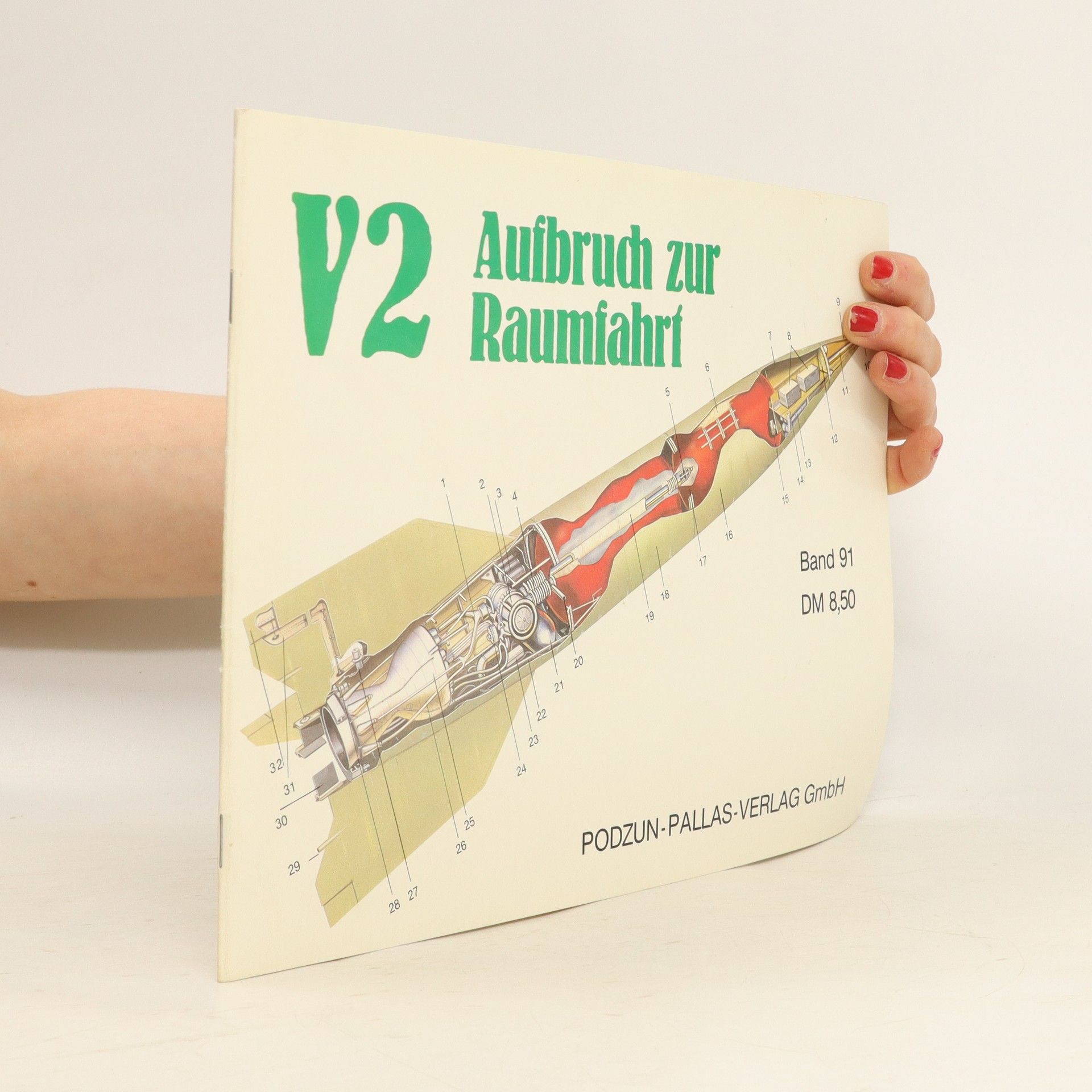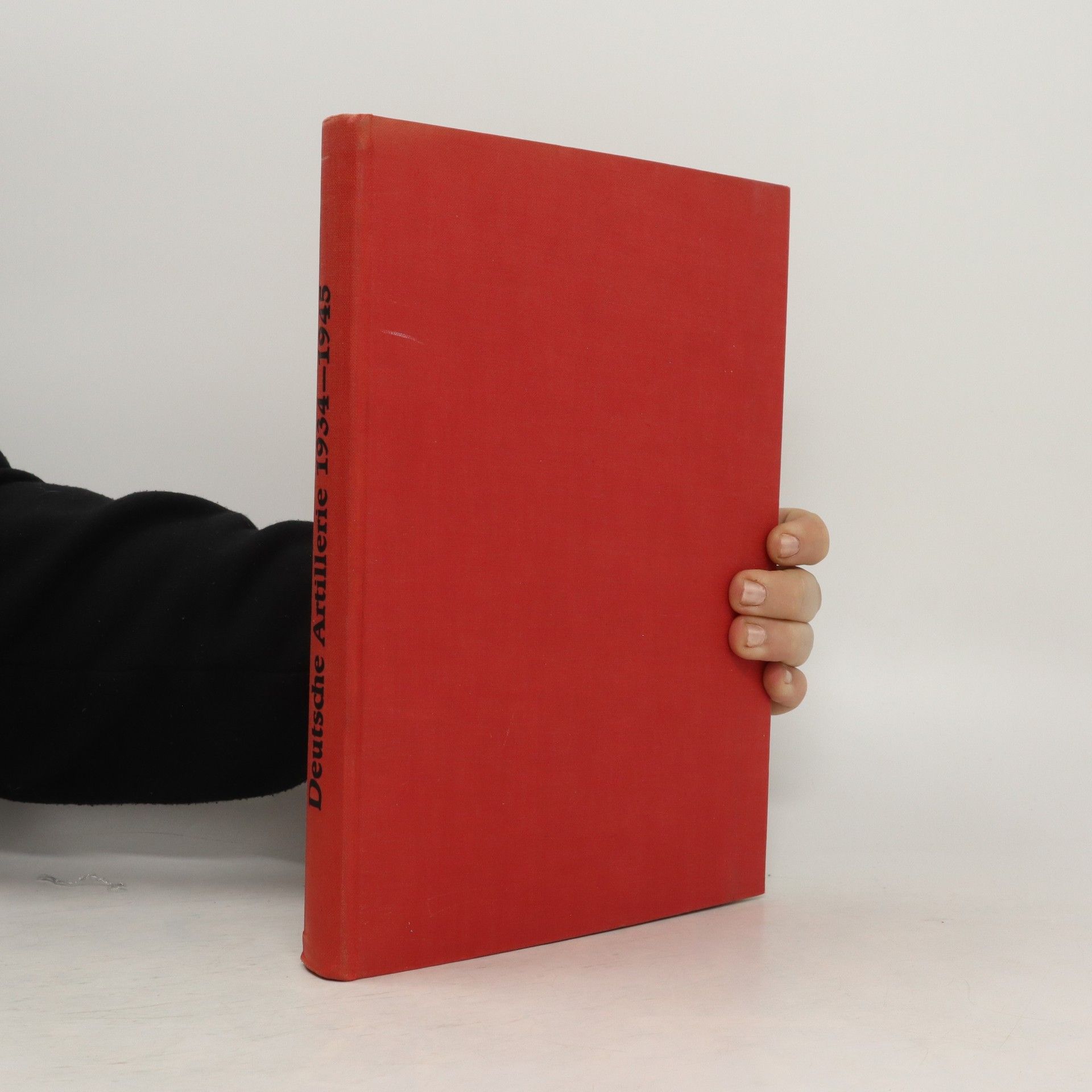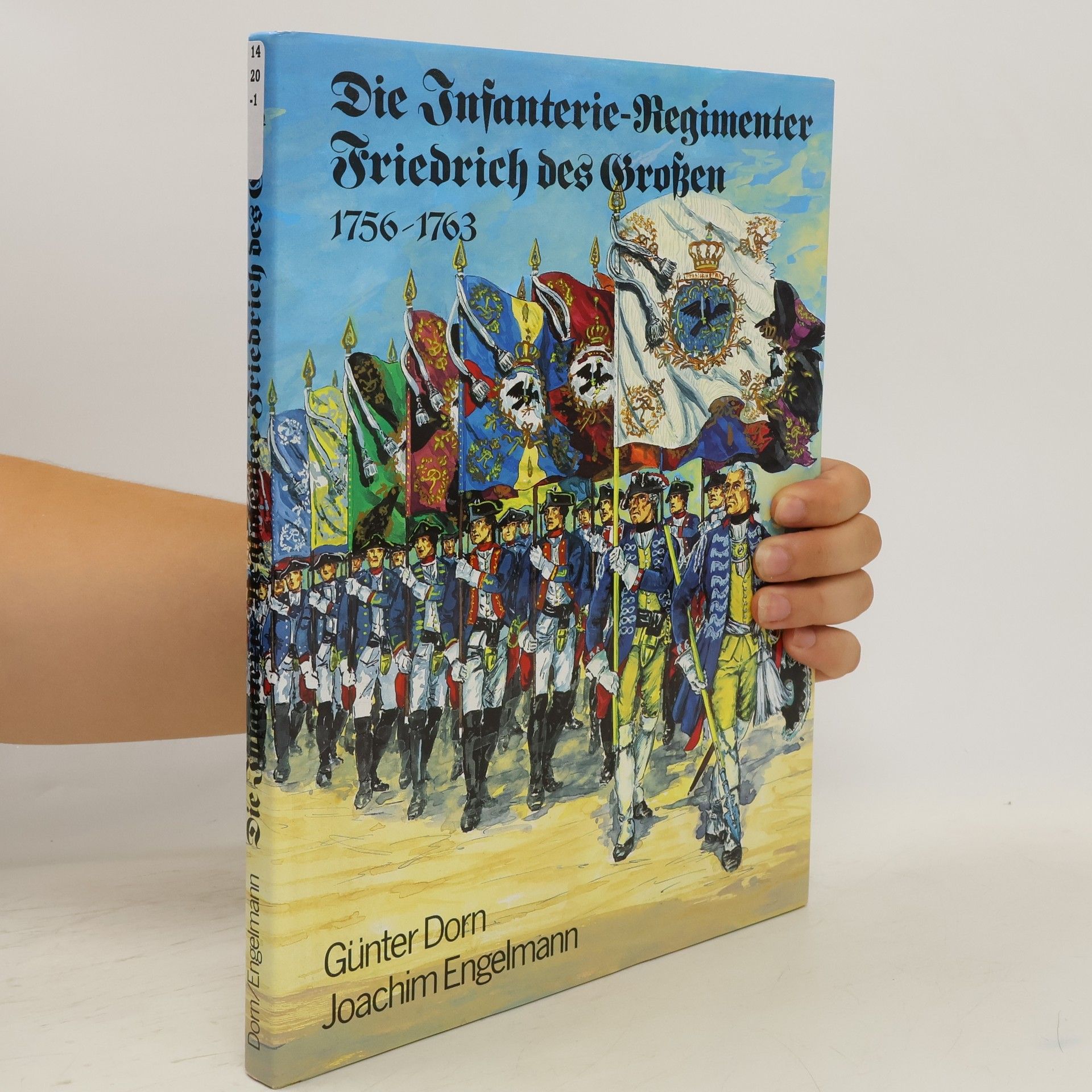Die Infanterie-Regimenter Friedrich des Großen.
1756 - 1763.






1756 - 1763.
In diesem Band über Raketen, die den Krieg entscheiden sollten, wird vor allem das Aggregat 4 (A 4), das aus Propagandagründen später V 2 (zweite Vergeltungswaffe) genannt wurde, mit seiner Abwandlung 'Wasserfall' behandelt.§Die Heeresversuchsanstalt Peenemünde erhielt erst 1943 nach den Rückschlägen bei Stalingrad und in Afrika die sehnlichst erwartete höchste Dringlichkeitsstufe. Hitler, dessen Vorliebe dem gigantischen Panzer-, Bunker- und Artilleriebau galt, hatte zuvor kein Gespür für Wert und Möglichkeiten dieser Waffenentwicklung. Erst das notwendige Suchen nach letzten Strohhalmen ließ ihn, wenn auch sehr widerwillig, seine Meinung ändern.§Aus heutiger Sicht in Kenntnis der inzwischen erfolgten Raketenentwicklung ist es kaum auszudenken, wie sich der Krieg entwickelt haben würde, hätte hier schon 1939 die Dringlichkeitsstufe 1 vorgelegen, zumal trotz aller Schwierigkeiten 1944 die Deutschen auf diesem Gebiet den Alliierten um 20 Jahre voraus waren. Alles, was heute an Raketen die Rüstung und Weltraumfahrt bestimmt, ist damals schon in Peenemünde erahnt, in seinen Anfängen durchgerechnet und probiert worden.
Dieses Buch ist Bildchronik und bewegender Schicksalsbericht über die Friedens- und Kriegsjahre der 18. Infanterie- und Panzergrenadier-Division, ein Bericht voller Erinnerung an alles, was die Männer dieser Division erlebten und erlitten. Nach Kriegsbeginn 1939 kämpfte die 18. Infanterie- und Panzergrenadier-Division an Bzura und Weichsel bis zum Südwestrand von Warschau. Im Jahr 1940 nahm sie an den Kämpfen im Raum Dünkirchen teil. 1941 stieß sie bis Bjeloi und Ljuban vor und nahm Szaltzo-Kirischi und Tichwin. 1942/43 hielt sie Staraja Russa und öffnete den Zugang zum Kessel von Demjansk. 1943 schlug sie die Schlachten an der Rollbahn im Raum Smolensk und 1944 zwischen Dnjepr und Tschaussy, bis sie bei Wolma hart östlich Minsk unterging. Im Herbst 1944 wieder aufgestellt, stellte sie sich der sowjetischen Großoffensive zwischen Mlawa und Heiligenbeil entgegen. Nur mit ihren Stämmen über See herausgeführt, wurde sie zum dritten Mal bei Eberswalde voll aufgestellt, um an der Oder und bis zuletzt in Berlin zwischen Olympia-Stadion und Zoo auszuhalten. Teile konnten am 2. Mai 1945 nach Westen ausbrechen. Der Weg der Männer der 18. Infanterie- und Panzergrenadier-Division durch den Krieg ist durch diesen ergreifenden Bildband als ein Werk der Erinnerung an schwere Jahre, aber auch an eine Zeit der Kameradschaft, festgehalten und dokumentiert.